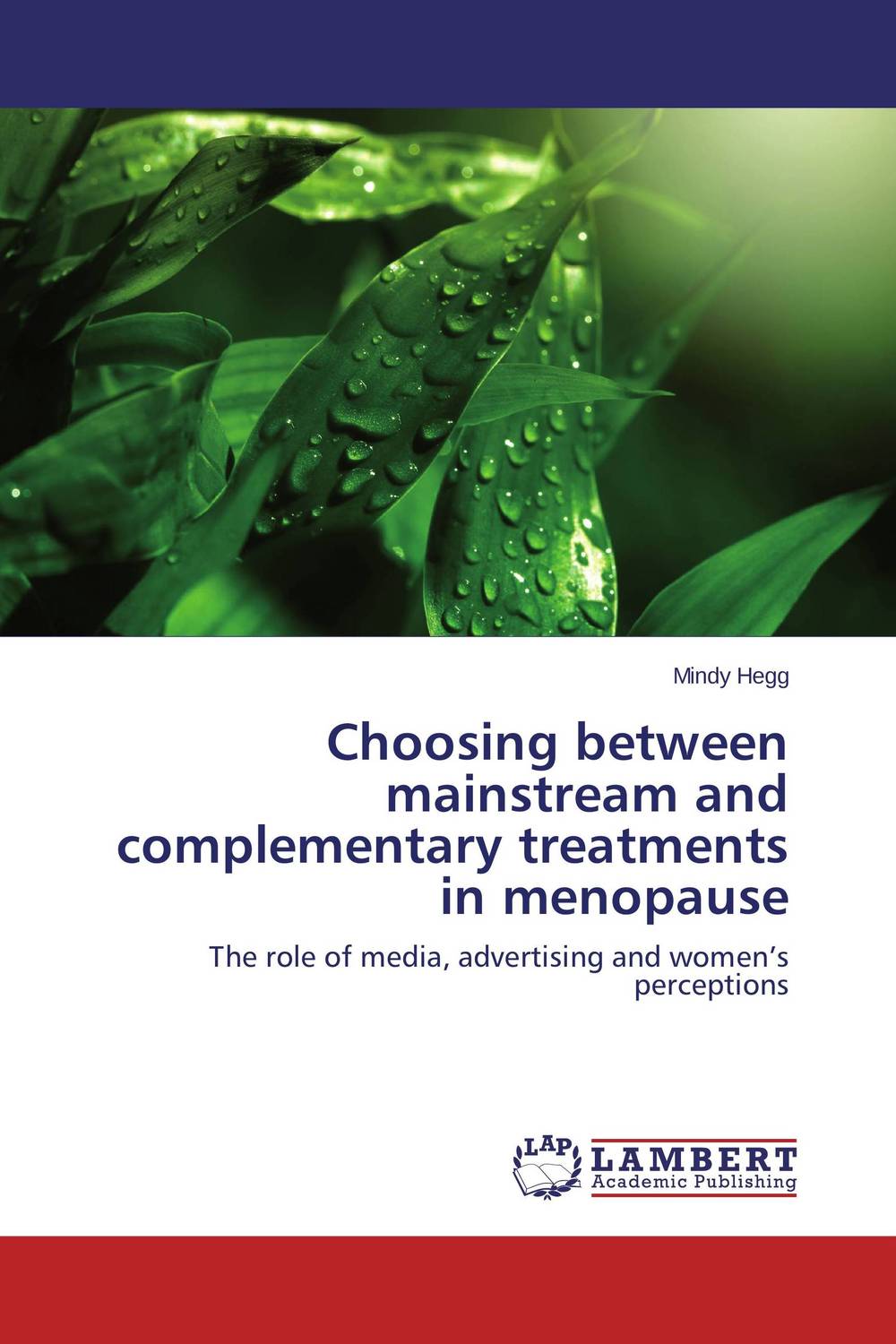The general purpose of this study was to gain a deeper understanding of how women make choices for complementary or mainstream medicines. The study has two components. First, media messages were analysed and deconstructed to see how health stories were being framed in leading media outlets that target women. A comparison of what was being promoted to Australian citizens compared to Fijian citizens, by means of content analysis techniques, is discussed. The second part of this study consisted of 26 semi-structured interviews with women aged 45-55 years in both countries to determine how they justify choosing a particular medical treatment. This study shows it is imperative that media provide accurate representations of the evidence so that consumers can make a well-informed decision based on reliable data. This study supports media literacy programs to help consumers develop skills to critically appraise and interpret media messages. Likewise, media producers need to be informed on how to produce media messages that minimise potential harm to the audience. The use of advisory boards for all medical reporting in media could ensure set guidelines for producers to follow. Это и многое другое вы найдете в книге Choosing between mainstream and complementary treatments in menopause (Mindy Hegg)
Choosing between mainstream and complementary treatments in menopause Mindy Hegg
Подробная информация о книге «Choosing between mainstream and complementary treatments in menopause Mindy Hegg». Сайт не предоставляет возможности читать онлайн или скачать бесплатно книгу «Choosing between mainstream and complementary treatments in menopause Mindy Hegg»
